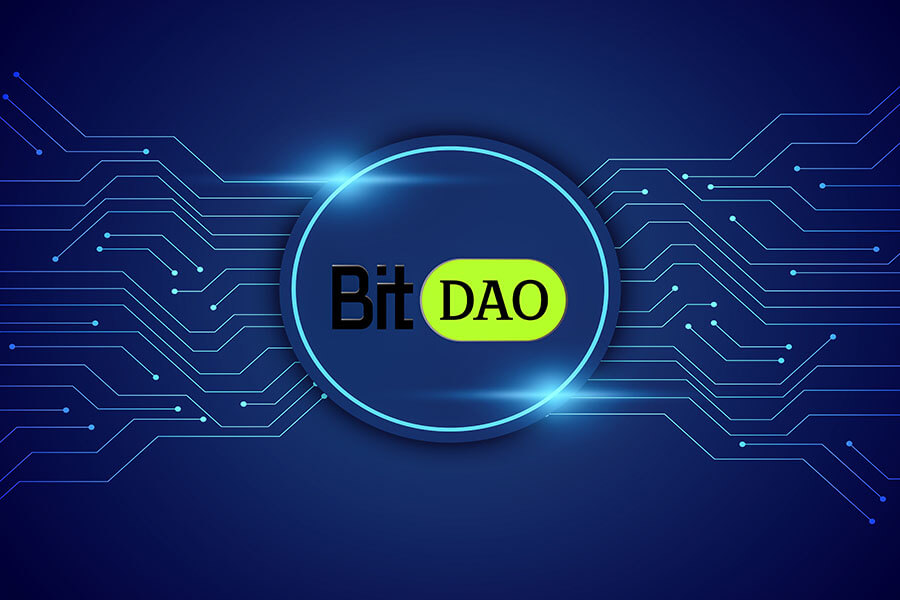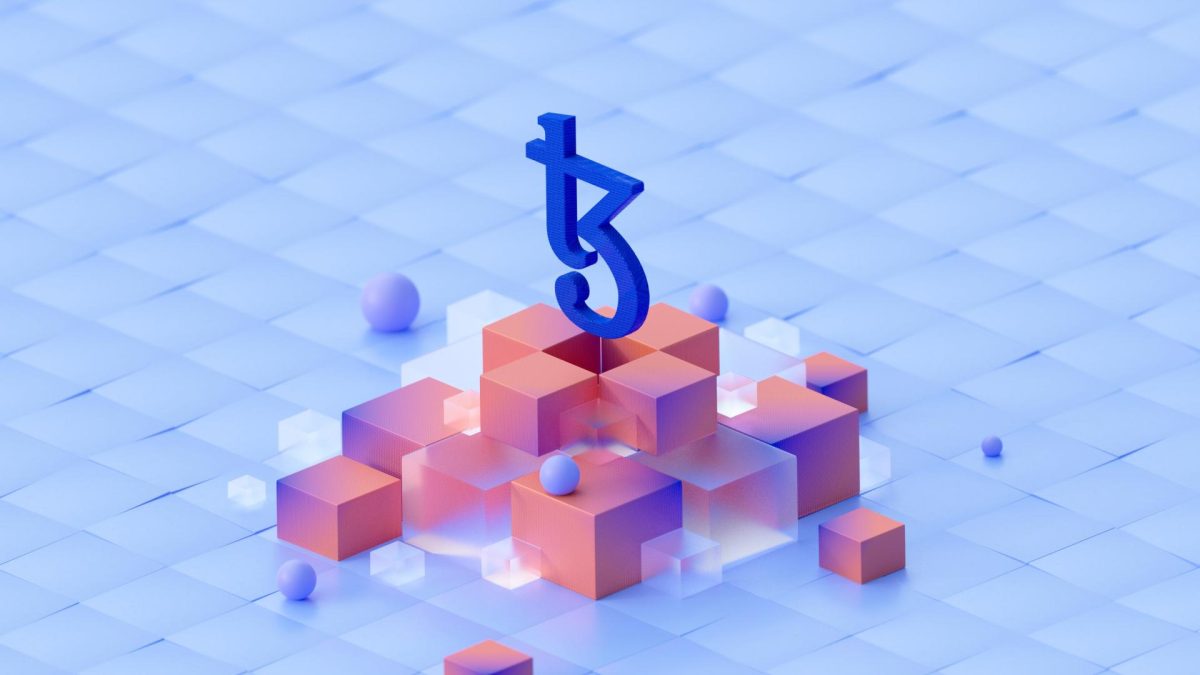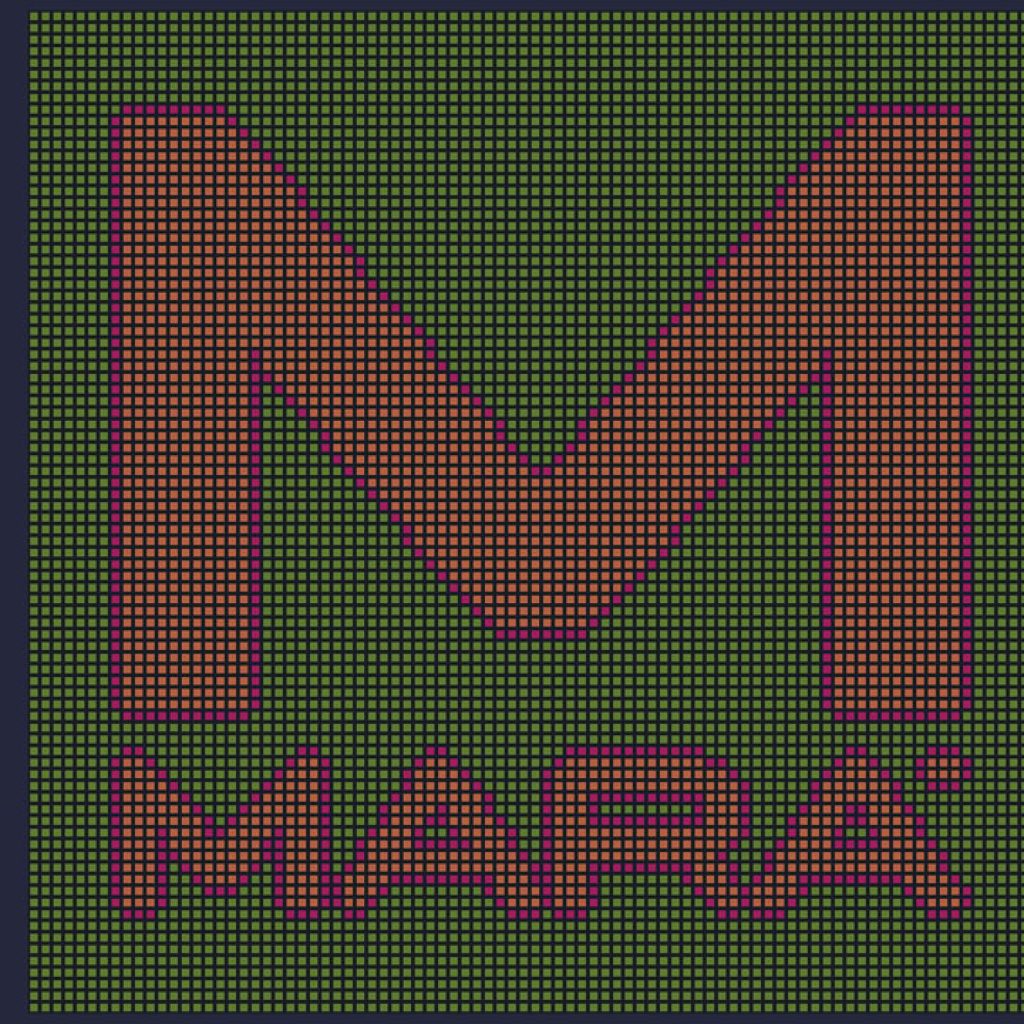Have you heard of Bitcoin or Litecoin? These are all examples of what are called “Proof-of-Work” (PoW) cryptocurrencies. They’re the most well-known and popular type of crypto coins, but there’s another kind that’s starting to gain traction: Proof of Stake (PoS). Whereas PoW coins like Bitcoin and Litecoin rely on miners to verify and add transactions to the blockchain, PoS coins use “validators.” Validators lock up their coins in a wallet and are rewarded for doing so with transaction fees.
Proof of Stake (PoS) coins have witnessed a meteoric rise in prominence. Their appeal lies in their capacity to offer investors substantial returns through a mechanism known as “staking rewards.” As the cryptocurrency space becomes increasingly competitive, discerning investors are on a quest to pinpoint the most promising PoS coins for investment in the year 2023.
This Cryptopolitan guide seeks to illuminate this quest by providing a comprehensive overview of the top-tier PoS coins that investors should contemplate in the coming year. It explores the unique attributes, potential benefits, and underlying technologies of these coins, equipping readers with the knowledge needed to navigate the world of cryptocurrency investment.
What is Proof of Stake?
Proof-of-stake (PoS) is a fundamental cryptographic protocol for processing transactions and generating new blocks within a blockchain ecosystem. Essentially, a consensus mechanism functions as the cornerstone for validating entries in a distributed database, ensuring its integrity and security. In cryptocurrencies, this distributed database takes the form of a blockchain, and the consensus mechanism assumes the pivotal role of safeguarding the blockchain’s integrity.
The distinguishing characteristic of PoS lies in its ability to significantly reduce the computational workload required for verifying blocks and transactions. In proof-of-work (PoW), computational resources were essential to maintain the blockchain’s security. However, PoS revolutionizes the verification process by enlisting the machinery of coin owners, diminishing the need for extensive computational efforts. Coin owners offer their cryptocurrency holdings as collateral, a process known as “staking,” in exchange for the opportunity to validate blocks and reap corresponding rewards.
Validators are chosen through a random selection process to corroborate transactions and validate block data. This approach contrasts with the competitive, reward-driven mechanism employed in PoW. To qualify as a validator, a coin owner must commit a specific quantity of coins as staking collateral. For instance, Ethereum mandates a stake of 32 ETH before an individual can operate a node. Multiple validators collectively validate blocks, and once a predefined number of validators ascertain the block’s accuracy, it is deemed final and sealed.
Various PoS mechanisms may employ diverse approaches to reach consensus. As an illustrative example, Ethereum’s introduction of sharding involves validators verifying transactions and appending them to a shard block. This process necessitates no more than 128 validators forming a voting “committee.” Once the shards are validated and a block is created, a consensus is achieved when two-thirds of the validators concur that the transaction is valid, subsequently finalizing the block.
Top Proof of Stake coins
Ethereum (ETH)

Initially, Ethereum relied on a Proof of Work (PoW) consensus algorithm to validate transactions and create new blocks. However, Ethereum 2.0 marked a transformative milestone by transitioning to a Proof of Stake (PoS) algorithm. This transition has not only showcased Ethereum’s commitment to sustainability but has also yielded resounding success. Impressively, over $12 billion worth of ETH has been staked within the Ethereum 2.0 network, reflecting the resounding vote of confidence from the crypto community in this groundbreaking evolution.
The shift to PoS not only enhances the network’s energy efficiency but also aligns it with the broader industry trend of embracing eco-friendly blockchain technologies. Ethereum 2.0’s PoS mechanism stands as a testament to the crypto world’s capacity for innovation and adaptation, securing its place as a beacon of promise in the world of digital assets.
ETH’s appeal is multifaceted, but it particularly shines as one of the foremost choices for investors seeking to engage in staking and reap the accompanying rewards.
For prospective ETH stakers, the gateway to this venture necessitates a minimum commitment of 32 ETH. This minimum threshold aligns with the Ethereum 2.0 network’s prerequisites, wherein possessing 32 ETH grants one the status of a validator, opening the door to staking rewards.
However, Ethereum’s inclusivity extends beyond whales and deep-pocketed investors. Those with more modest holdings can readily participate in staking through the utilization of staking pools or services provided by various exchanges and platforms. These options enable investors to engage in staking even with smaller quantities of ETH in their possession, thereby democratizing the staking process.
Cardano (ADA)

Cardano (ADA) has garnered substantial acclaim within the cryptocurrency world owing to its pioneering approach to scalability, security, and sustainability. Its inception was driven by the ambitious goal of serving as a versatile platform for the development and deployment of decentralized applications (dApps) and smart contracts.
At the core of Cardano’s functionality lies its PoS consensus algorithm, a mechanism that empowers validators to earn staking rewards through their active participation in securing the network and validating transactions. Validator selection hinges on the volume of ADA held, with potential staking rewards reaching an impressive 5.5%. Notably, Cardano’s PoS system, as exemplified by the Ouroboros protocol, is engineered to be energy-efficient, offering a greener alternative to the energy-intensive PoW counterparts.
Cardano has demonstrated substantial strides in promoting interoperability, a testament to its commitment to fostering a harmonious blockchain ecosystem. A case in point is the recent introduction of the Hydra protocol, an innovation designed to facilitate high-throughput transactions and seamless communication across diverse blockchain networks. This development simplifies the exchange of information and cooperation among dApps, elevating Cardano’s status as an enabler of inter-blockchain connectivity and interaction.
Solana (SOL)

Solana (SOL) is a PoS cryptocurrency that has garnered substantial acclaim within the cryptocurrency sphere, primarily owing to its cost-efficiency, and remarkable scalability. Solana was conceived as a solution to empower the development and deployment of decentralized applications (dApps) and smart contracts.
The Solana network boasts the capacity to process a staggering 65,000 transactions per second (TPS), firmly establishing itself among the vanguard of the world’s fastest blockchain networks. This extraordinary throughput is made possible through Solana’s ingenious utilization of a Proof of History (PoH) consensus algorithm, an approach that enables parallel transaction processing and obviates the necessity for sequential block confirmation.
Solana also uses a PoS consensus algorithm empowering validators to earn staking rewards through their active involvement in fortifying the network and validating transactions. Validator selection hinges on the quantity of SOL tokens held, with the potential for staking rewards reaching an impressive 7.5%.
Algorand (ALGO)

Algorand’s unadulterated PoS consensus algorithm stands out as a beacon of decentralization and security, rendering the need for a central authority or reliance on mining pools obsolete. This intrinsic decentralization not only fortifies the network but also positions Algorand as a promising hub for the evolution of cutting-edge decentralized applications (dApps) and digital assets.
Algorand’s steadfast commitment to security and decentralization has catalyzed partnerships with industry-leading entities, thus broadening the spectrum of use cases. Furthermore, Algorand’s network exhibits an impressive processing capacity, capable of handling up to 1,000 transactions per second (TPS).
This exceptional speed and efficiency are achieved through a binary Byzantine Agreement (BA) consensus algorithm, which expedites block confirmation. For astute investors, Algorand presents an enticing prospect for accruing staking rewards by actively participating in the validation process, all made possible by staking their ALGO tokens.
Notably, validator selection operates on the principles of fairness and transparency, employing a lottery system that ensures equitable participation. In this ecosystem, honesty is rewarded, as participants stand to forfeit their staked ALGO should they engage in malicious activities, underscoring Algorand’s dedication to maintaining network integrity.
Avalanche

Avalanche (AVAX) is a layer-1 network that functions as a hub for decentralized applications and custom blockchain networks. It uses the Proof of Stake consensus algorithm and can support up to 6,500 TPS.
The way Avalanche verifies transactions sets it apart from other smart contract cryptocurrencies. Rather than requiring every node to validate each transaction, as is the case in Bitcoin, Avalanche has three sub-blockchains: one for payments and two more for data transfers.
The Avalanche network has three sub-blockchains that handle different types of transactions–The Exchange Chain (X-Chain) for sending and receiving funds, the Contract Chain (C-Chain) for smart contracts or dApps, and the Platform Chain (P-Chain) for staking/validator transactions. The Primary Network validates these sub-blockchains and requires stakers to own at least 2,000 AVAX.
The main reason for this popularity is Avalanche’s unique features. Firstly, its high TPS makes it one of the fastest blockchains available. Secondly, its three-layer structure allows it to be highly adaptable and versatile. And finally, its support for smart contracts makes it a great platform for developers.
Polkadot (DOT)

Polkadot (DOT) is a PoS cryptocurrency designed with the purpose of furnishing a scalable, interoperable, and impregnable foundation for dApps. The essence of Polkadot lies in its innovative network architecture, crafted to facilitate cross-blockchain communication and interoperability. This intrinsic capability simplifies the exchange of information and seamless collaboration among dApps, thus fortifying its status as a nexus for interconnected blockchain ecosystems.
Polkadot’s merited inclusion in this roster is anchored in its sharding mechanism, a feature that empowers the processing of transactions and data across multiple blockchains. This ingenious approach translates into expeditious and highly efficient transactions, positioning Polkadot as a platform for high-throughput transactions.
Polkadot’s PoS consensus algorithm endows validators with the opportunity to earn staking rewards by actively participating in network security and transaction validation. Validator selection hinges on the volume of DOT tokens held, with the potential for staking rewards reaching an impressive 12%. This incentivizes validators to contribute to the network’s robustness while fostering a decentralized and secure ecosystem.
BitDAO (BIT)

BitDAO (BIT) confidently secures its position among the premier proof of stake coins poised for 2023, driven by its compelling potential to emerge as a player within the DeFi space. Operating as a decentralized autonomous organization, BitDAO charts a visionary course aimed at nurturing DeFi’s expansion by cultivating a decentralized and tokenized economic ecosystem. This strategic mission aligns seamlessly with the surging demand for decentralized financial services and platforms, rendering BitDAO an enticing and forward-looking investment prospect.
Aptly, BitDAO has commanded substantial attention from investors, including Peter Thiel and Pantera Capital. These endorsements underscore the project’s formidable backing from influential figures, further cementing its reputation as a project poised for substantial growth. Notably, BitDAO places an enduring emphasis on governance, adopting a community-driven approach that bestows transparency and accountability to the decision-making process.
Beyond these merits, BitDAO entices investors with the allure of high staking rewards, positioning it as an alluring avenue for those seeking to gain exposure to the DeFi landscape while potentially reaping lucrative returns.
The staking process, facilitated through the OKX exchange, invites investors to actively engage with the BitDAO network while actively contributing to its overall security and stability.
Tezos (XTZ)

Tezos (XTZ) stands as a notable PoS cryptocurrency, conceived with the overarching goal of providing a robust foundation for decentralized applications (dApps) and smart contracts. What sets Tezos apart is its self-amending network design, empowering stakeholders to actively participate in the approval of protocol upgrades. This innate adaptability ensures that Tezos remains agile and responsive.
Tezos’ inclusion in this roster is primarily attributed to its unwavering commitment to governance and a community-driven decision-making paradigm. XTZ token holders assume pivotal roles in the network’s governance, wielding the power to vote on proposals and protocol updates. This democratic ethos fosters transparency and inclusivity, laying the foundation for an ecosystem wherein the development and governance of dApps and services are shaped collectively.
Operated by a PoS consensus algorithm, Tezos extends an invitation to validators to actively engage in the network’s security and transaction validation, incentivized by staking rewards. Validator selection hinges on the volume of XTZ tokens held, affording the opportunity for staking rewards to reach up to 6%.
Polygon (MATIC)

Polygon (MATIC) is a PoS cryptocurrency meticulously designed to serve as a dynamic platform for the construction and interconnection of scalable blockchain networks, compatible with Ethereum. With an unwavering mission to confront Ethereum’s scalability and interoperability challenges, Polygon lays the groundwork for a high-performance environment conducive to the creation and deployment of dApps.
Polygon claims a prominent spot among the finest proof of stake coins, primarily due to its commitment to interoperability. This feature enables the transfer of assets and information across diverse blockchains, facilitating communication among dApps.
Underpinning Polygon’s operational integrity is its PoS consensus algorithm, a mechanism that rewards validators for their contributions in safeguarding the network and verifying transactions. Validator selection hinges on the volume of MATIC tokens held, with the potential for staking rewards reaching an impressive 17%, thus incentivizing active participation.
Polygon’s ascendancy within the cryptocurrency landscape can be attributed to its unwavering emphasis on interoperability and scalability. Its capability to bridge disparate blockchain networks and furnish a high-performance infrastructure for dApps positions it as a promising crucible for the emergence of cutting-edge blockchain applications, underscoring its relevance and potential in the cryptocurrency sphere.
Binance Coin (BNB)

Binance Coin (BNB) is the native token of the Binance network, which is the blockchain platform of the world’s largest cryptocurrency exchange by trading volume, Binance. The Binance network serves as a robust platform dedicated to facilitating cryptocurrency trading, exchange, and investment, catering to a wide array of digital assets.
A distinctive facet of Binance Coin lies in its role as a utility token within the Binance ecosystem. BNB holders enjoy the privilege of employing this coin to cover trading fees on the Binance exchange. Furthermore, they have the opportunity to partake in the Binance Launchpad, a dedicated platform designed for the launch of new cryptocurrency projects.
Binance’s utilization of a PoS consensus algorithm creates an incentive structure where validators earn staking rewards through active involvement in network security and transaction validation. The selection of validators hinges on the quantity of BNB tokens held, offering the potential for staking rewards reaching an impressive 20%.
Should you Invest in Proof of Stake coins?
Proof-of-Stake consensus mechanism also has the potential to be more secure than Proof-of-Work. With PoW, 51% of attacks are a real threat. This is when a group of miners controls more than 50% of the network’s mining power. They can then use this power to manipulate the blockchain and double-spend coins.
With PoS, 51% of attacks are much harder to carry out. This is because a group would need to control more than 50% of the coins in order to have a majority stake. This is much harder to do than controlling a majority of the mining power.
Proof-of-stake also has the advantage of being more decentralized than proof-of-work. With PoW, the biggest and most powerful miners are usually the ones who find new blocks. This can lead to centralization, as a small group of miners controls the network.
With PoS, anyone with coins can validate transactions. This means that the network is less likely to be controlled by a small group of people.
Proof-of-stake is a new and exciting way of reaching consensus mechanisms in a decentralized network. It’s more energy efficient than proof-of-work and has the potential to be more secure and decentralized. If you’re looking for an alternative to PoW coins like Bitcoin and Litecoin, then PoS coins are worth considering.
Conclusion
Proof of Stake (PoS) coins are a compelling option for investors seeking substantial returns through staking rewards. As the cryptocurrency space becomes increasingly competitive, it is imperative for investors to identify the most promising PoS coins for the year 2023. This innovative approach significantly reduces the computational requirements compared to the traditional Proof of Work (PoW) mechanism, making PoS not only more energy-efficient but also aligning with the industry’s sustainability trends.
There are a few risks to consider before you start staking your coins. First, you need to make sure that you’re comfortable with the risks associated with holding cryptocurrency. Second, you need to research the specific coin that you want to stake tokens in and make sure that it’s a good investment. If you’re willing to take on these risks, then staking could be a great way to earn some passive income. Just remember to do your research and only invest what you can afford to lose.





